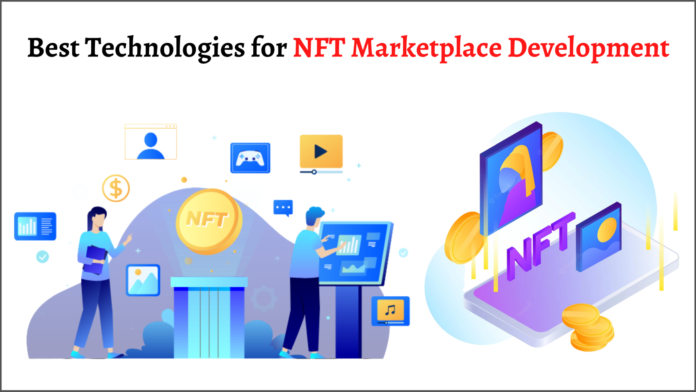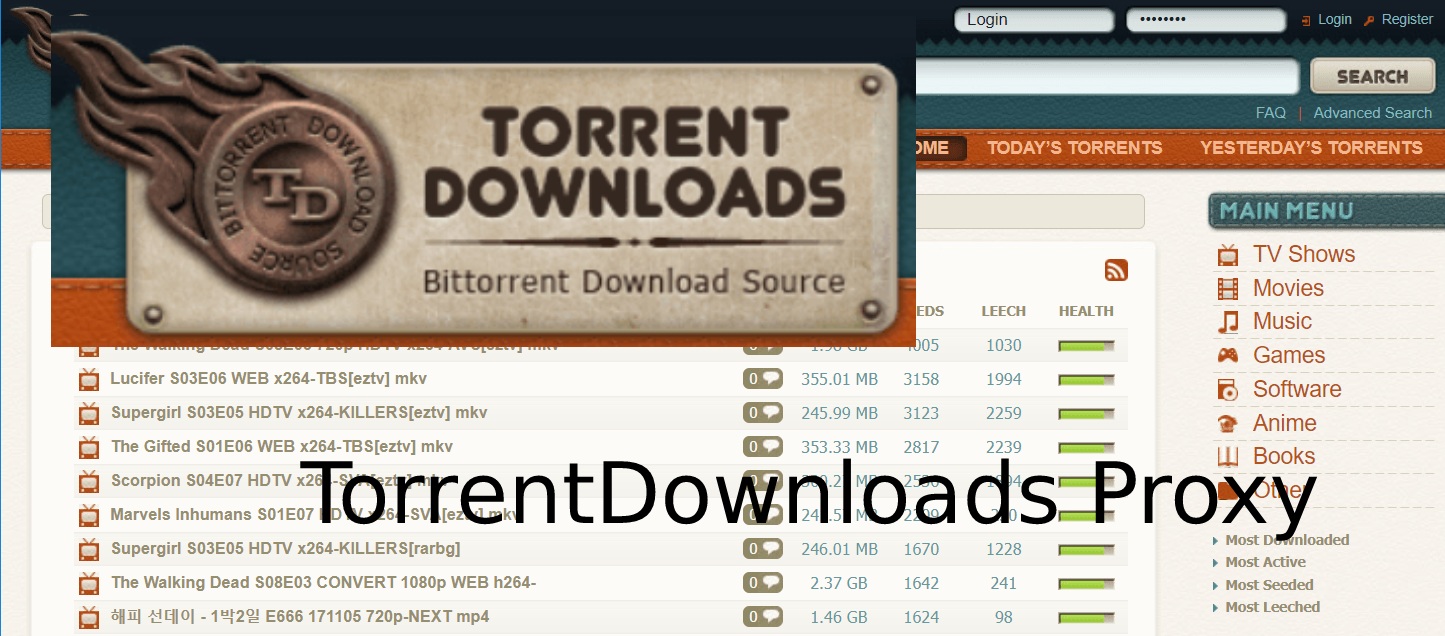In the recent era, Blockchain technology has emerged as a revolutionary technology. With more and more people being aware of cryptocurrency and NFT trading, organizations want to invest in this domain.
According to GlobeNewswire, the expected market size of NFT will reach $97.6 billion by 2028, rising at a market growth of 31.6% CAGR.
To build an NFT marketplace, you must know its tools and technologies.
This blog will explain the features, tools, standards, and technologies for NFT marketplace development.
Features of NFT Marketplace
- Storefront
Storefront is the main dashboard of your NFT marketplace app. You need to showcase the essential elements of the marketplace, such as previews, owners, bids, etc. Also, you can graphically visualize the analytics and reports, which will make your marketplace more credible.
- Wallet
Your customers need a spot to manage and store their NFTs; therefore, you need to integrate the wallet into your NFT marketplace. Make sure the wallet you add to your marketplace provides optimum security and privacy.
- Search Filters
The primary feature through which your marketplace can win over the customers is through easy layout and navigation of the app. Provide your users with the search filters to quickly access the information.
- Listings
Listings will contain the data, such as titles, labels, and depictions, to present a document with these particular pieces of information. It will provide the proper details regarding the NFT to the customer.
- Royalty
You can credit the royalty points to the NFT seller/creator for each NFT sold. You can decide how much percentage of the royalty will be provided to the user.
- Ratings
Add the section where users can write the review and mention ratings to the NFTs. This will help other NFT buyers to make the right decision.
- Bidding
Another essential feature you must ask your Blockchain development company to integrate into your NFT marketplace is an interactive bidding system. It will also attract customers who don’t wish to make the purchase with their initial expenses and learn architecture first.
Tools and Technologies for NFT Marketplace Development
- Blockchain Networks
1. Ethereum
Ethereum is one of the most used technologies for building NFT marketplace apps and deploying these decentralized applications on blockchain networks. The native cryptocurrency of this platform is Ether (ETH or Ξ).
2. Binance
Binance launched BNB Smart Chain (BSC), through which people can create an NFT marketplace, NFT collections, and quickly mint NFTs. BSC runs alongside the BNB Chain, and it supports smart contracts and decentralized applications (DApps).
3. Solana
People can build decentralized and scalable NFT marketplace architecture using Solana. It was founded in 2017 and is currently run by Solana Foundation based in Geneva. Thousands of projects on DeFi, NFTs, Web3, etc., have been traversing on Solana.
Moreover, it processes transactions much faster and has significantly lower transaction fees.
4. Polygon
Polygon, a decentralized Ethereum scaling platform, enables developers to build scalable and user-friendly NFT marketplace. It fixes Ethereum’s scalability issues and minimizes the network load, speeding up transactions and lowering transaction costs.
Big brands like Adidas, Instagram, Stripe, and Prada, have used Polygon for their Blockchain projects.
- Wallets
1. MetaMask
MetaMask provides you with the features required to manage your digital assets, such as a key vault, secure login, token wallet, and token exchange.
2. Trust Wallet
Trust Wallet provides you with easy storage and access to your crypto collectibles in one place on Ethereum and BSC.
3. Coinbase Wallet
Coinbase can be used to store and pay for NFTs. It supports hundreds of thousands of tokens. If you are already a Coinbase user, you can easily link your account to your wallet.
4. My Etherwallet
MEW (MyEtherWallet) is an open-source platform that enables its user to generate wallets and Ethereum blockchain.
- NFT Standards
- ERC-721
ERC (Ethereum Request for Comment) standard represents the ownership of non-fungible tokens. With multiple optional extensions, ERC721 is a more complex standard than ERC20.
2. ERC-1155
ERC-1155 standard enables the efficient transfer and managing of multiple token types.
3. FA2
This token standard is on Tezos and is meant to assist different token types. It addresses two aspects: Token type and permission standardization.
4. dGoods
Both fungible and non-fungible tokens are represented in this dGoods standard. This standard handles the virtual representation of both digital and physical items on the EOS blockchain brought by Mythical Games.
5. TRC-721
The TRC721 standard is led by the TRON blockchain network, which allows setting a unique value for tokens.
- Technologies
NFT marketplace is a revolutionary platform that can offer so many excellent features to customers. The primary technologies it works on are iOT, Blockchain, AR/VR, etc. However, there are many important tools, technologies, and frameworks you can use for NFT marketplace development, such as:
- Solidity
- Angular Js
- React Js
- Node Js
- Express Js
- MongoDB
- PostgreSQL
- React Native
Conclusion
If you want to develop an NFT marketplace, you should hire a Blockchain development company that designs your platform as per its norms, guidelines, and agreements. Therefore, it is necessary to be aware of the basic tools and technologies used to develop an NFT marketplace so that you can effectively select the company for your project.
Author Bio
Tom Hardy is a Sr Blockchain developer who has been working with a leading Blockchain development company for more than 5 years and holds a particular interest in writing about modern technology subjects.
















